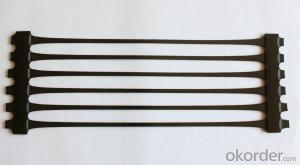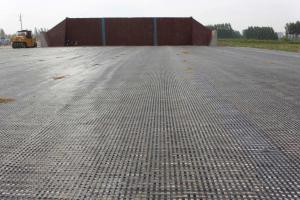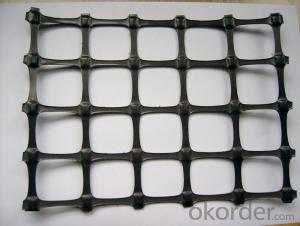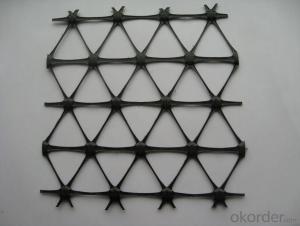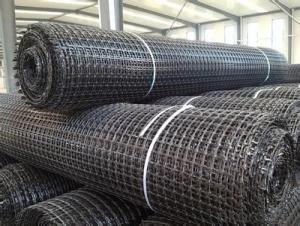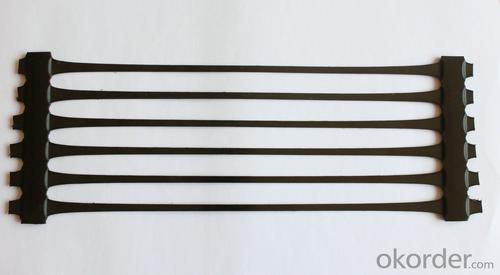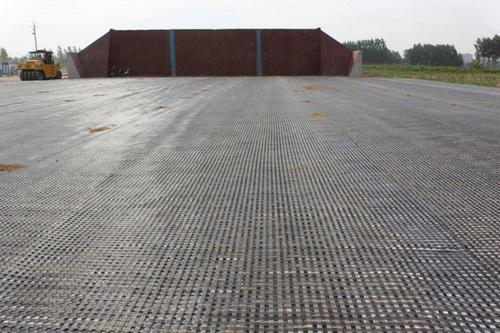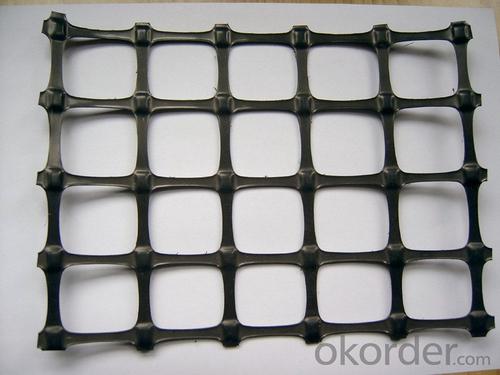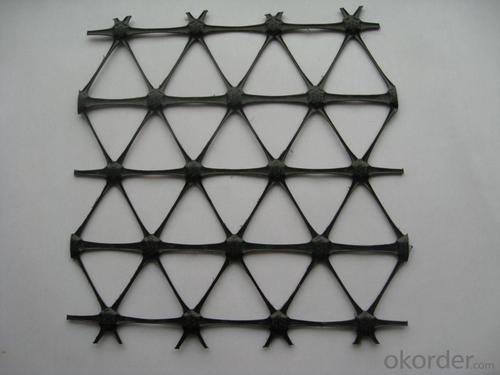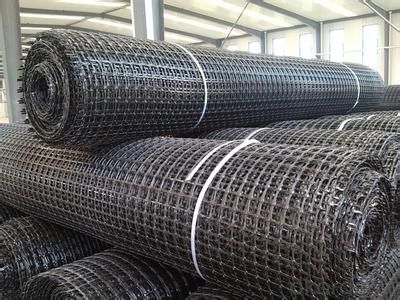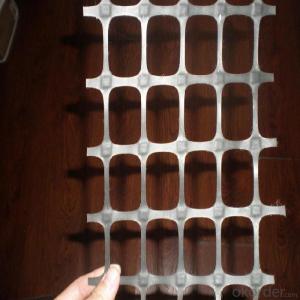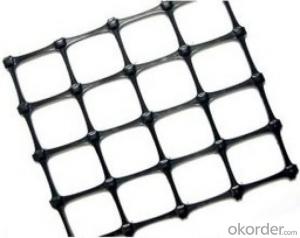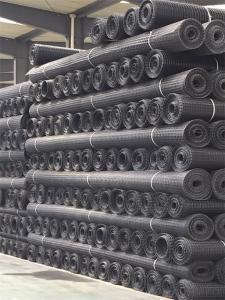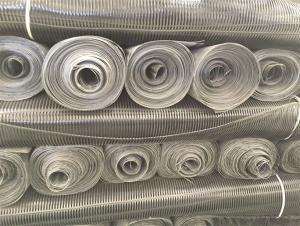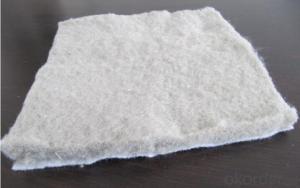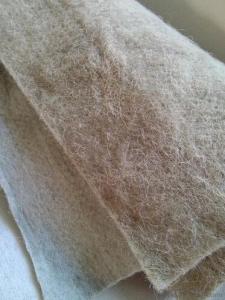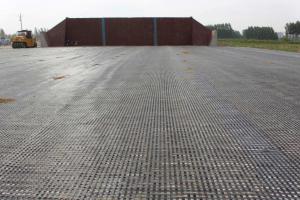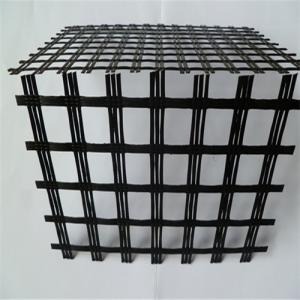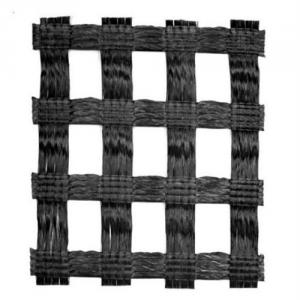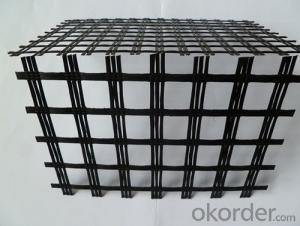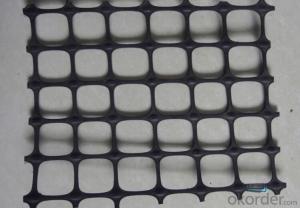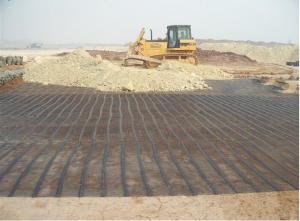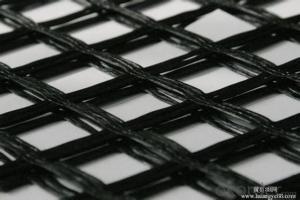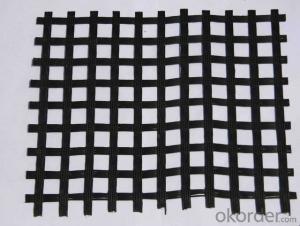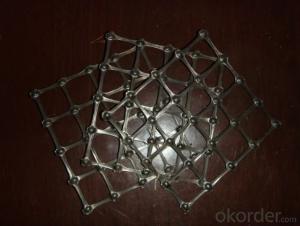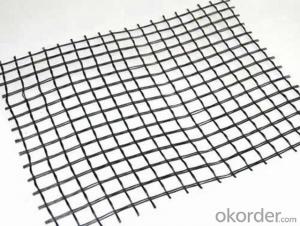Fiberglass Geogrid for Railway Basement Reinforcement
- Loading Port:
- Shanghai
- Payment Terms:
- TT or LC
- Min Order Qty:
- 50000 m²
- Supply Capability:
- 2000000 m²/month
OKorder Service Pledge
OKorder Financial Service
You Might Also Like
Fiberglass Geogrid for Railway Basement Reinforcement
Description Of Fiberglass Geogrid for Railway Basement Reinforcement:
Fiberglass geogrid is based on fiberglass woven cloth coated with modified bitumen or PVC, it was developed to address the problem of pavement cracking on highways, roads and runways, driven by a need to reduce cost for infrastructure maintenance and repair.
It is characterized by high tensile strength in axial and lateral directions, low stretch rate, alkali-resistance, low temperature- resistance, as well as convenience in construction and low price. It can be used on pitch pavement to prevent cracks and prolong pavement service life. It also can be used as a basal reinforcement material for hillsides, reservoirs, harbors, ports, water channels, seawalls, etc.
Main Features of Fiberglass Geogrid for Railway Basement Reinforcement:
1.High tensile strength, low elongation.
2.No long-term creep: the product can keep for a long time performance.
3.Thermal stability: fiber glass melting temperature above 1000 ℃.
4.The compatibility with asphalt.
5.Physical and chemical stability.
Specifications of Fiberglass Geogrid for Railway Basement Reinforcement:
Tensile Strength (KN) | Warp | >30 | >50 | >60 | >80 | >100 | >120 | >150 | >200 |
Weft | >30 | >50 | >60 | >80 | >100 | >120 | >150 | >120 | |
Elongation(%) | <4< p=""> | <4< p=""> | <4< p=""> | <4< p=""> | <4< p=""> | <4< p=""> | <4< p=""> | <4< p=""> | |
Mesh Size(mm) | 25.4*25.4 | 25.4*25.4 | 25.4*25.4 | 25.4*25.4 | 25.4*25.4 | 25.4*25.4 | 25.4*25.4 | 25.4*25.4 | |
Elastic Modulus | 76 | 76 | 76 | 76 | 76 | 76 | 76 | 76 | |
Width(m) | 1~6 | 1~6 | 1~6 | 1~6 | 1~6 | 1~6 | 1~6 | 1~6 | |
Length(m) | 50~300 | 50~300 | 50~300 | 50~300 | 50~300 | 50~300 | 50~300 | 50~300 | |
Temperature Resistant(℃) | -100~280 | -100~280 | -100~280 | -100~280 | -100~280 | -100~280 | -100~280 | -100~280 | |
Resin Content (%) | 18~20 | 18~20 | 18~20 | 18~20 | 18~20 | 18~20 | 18~20 | 18~20 | |
Glue Type | Bitumen PVC SBR soakage | Bitumen PVC SBR soakage | Bitumen PVC SBR soakage | Bitumen PVC SBR soakage | Bitumen PVC SBR soakage | Bitumen PVC SBR soakage | Bitumen PVC SBR soakage | Bitumen PVC SBR soakage | |
Applications of Fiberglass Geogrid for Railway Basement Reinforcement:
Strengthen bitumen concrete roadway and reduce and prevent various kinds of reflection gaps on roadway.
1.Suitable for highway, railway, airport road of subgrade enhancement.
2.Suitable for the large parking lot and port freight yard that the foundations of the permanent load increased.
3.Suitable for railway, highway slope protection.
4.Suitable for culverts.
5.Suitable for the uniaxial tensile geogrid reinforced soil secondary enhancement, after further enhance soil, prevent soil erosion.
6.Mining, tunnel reinforcement.
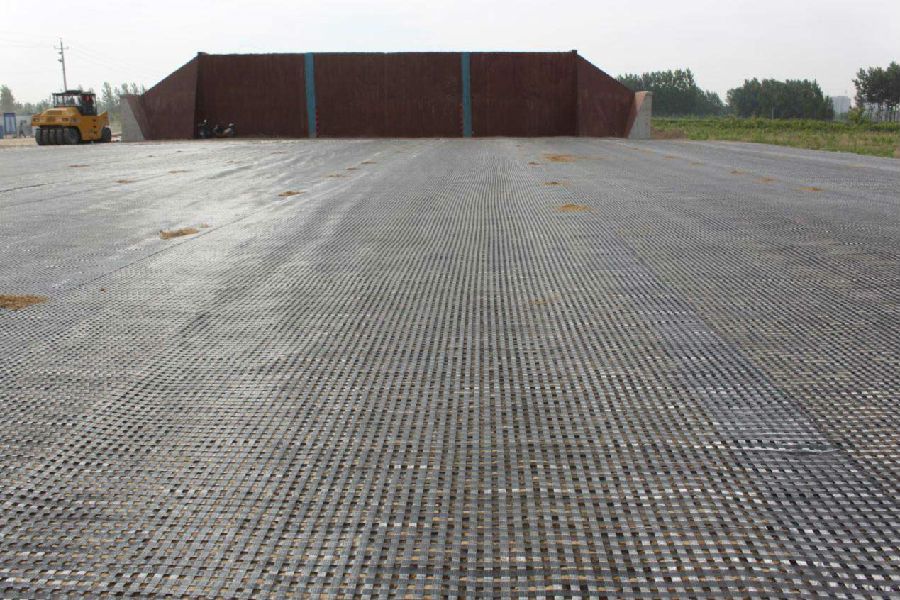
IMages of Fiberglass Geogrid for Railway Basement Reinforcement:
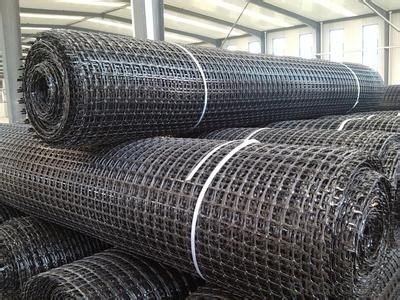
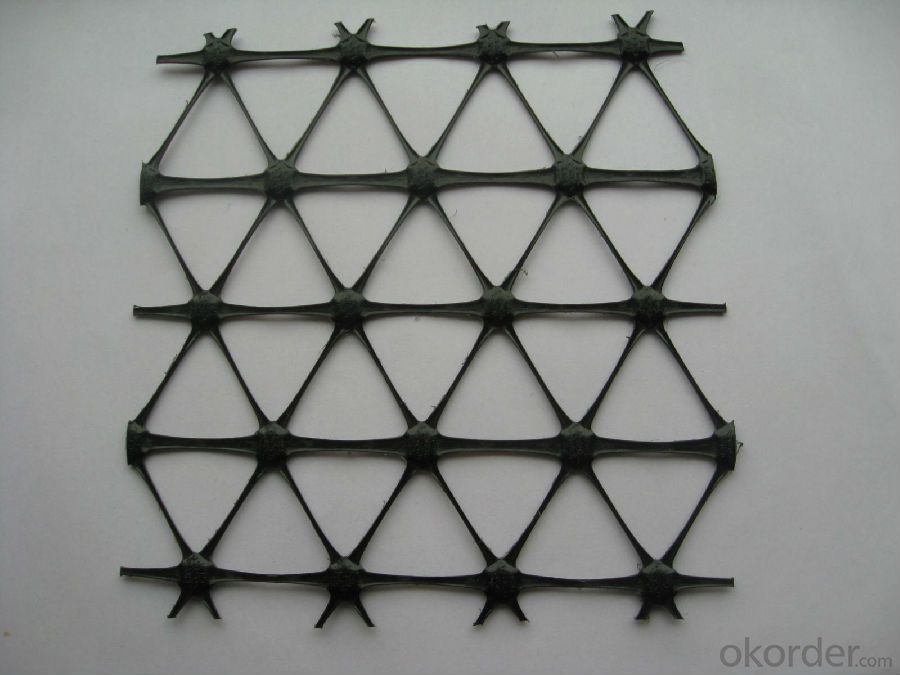

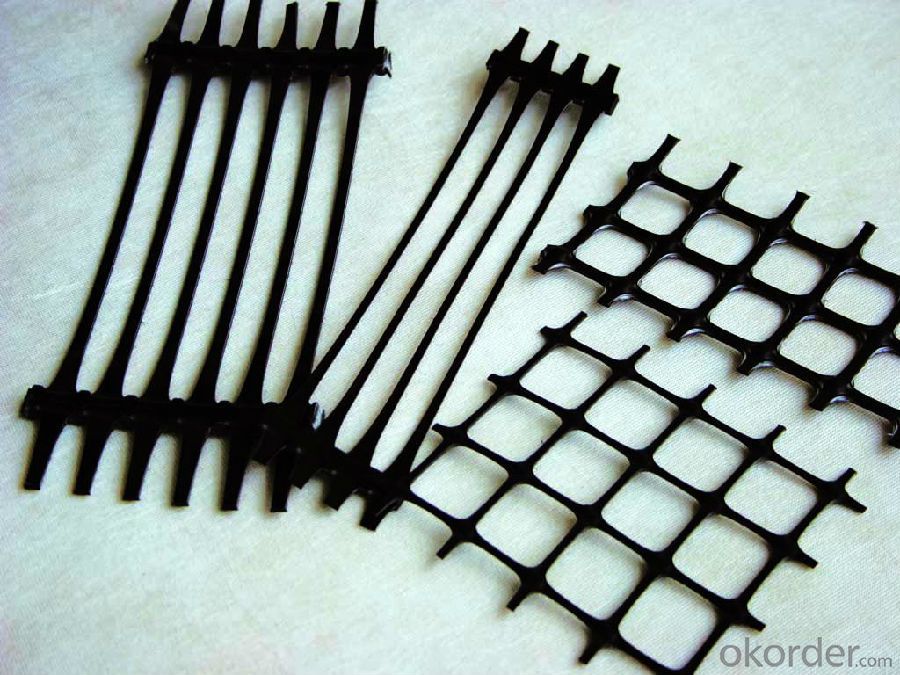
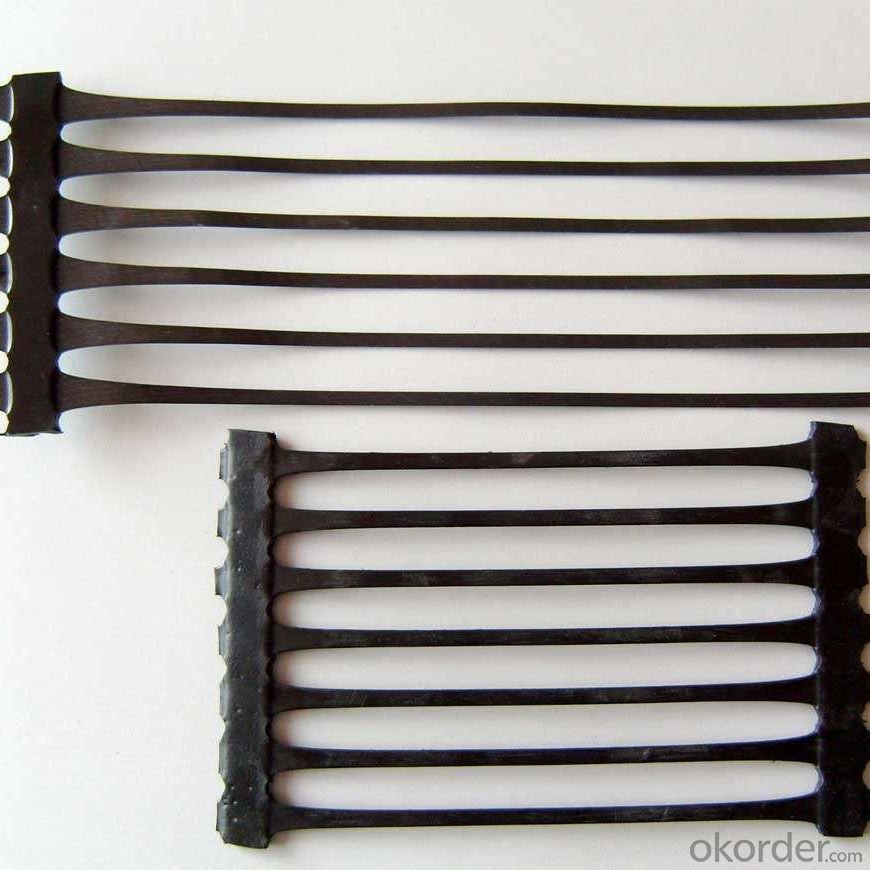
FAQ of Fiberglass Geogrid for Railway Basement Reinforcement:
1. What are we supplying?
We are specialized in producing Geosynthetic materials, like Geogrid Series, HDPE Geocell, Geonet, Geotextile, Geomat, Tri Denmensional Composite Grainage Geonet, and Geomembrane Series.
.
2. How Many years experience do we have?
We have been exported to more than 20 countries in the past 15 years.
3. How long do we usually reply your request?
We always reply our customer within 24 hours.
- Q: How do geogrids help in reducing construction time?
- Geogrids help in reducing construction time by providing soil stabilization and reinforcement, which allows for faster and more efficient construction processes. By improving the strength and stability of the soil, geogrids eliminate the need for extensive excavation and grading, thereby minimizing the time required for site preparation. Additionally, geogrids enable the use of less expensive and readily available fill materials, reducing the need for costly and time-consuming transportation of construction materials. Overall, geogrids expedite construction by enhancing soil performance and facilitating a quicker and smoother construction process.
- Q: How do geogrids improve the stability of slopes?
- Geogrids improve the stability of slopes by providing reinforcement and preventing soil movement. They act as a barrier, distributing the forces exerted on the slope more evenly, reducing the risk of slope failure. Geogrids also increase the friction between soil layers, enhancing their shear strength and overall stability.
- Q: Can geogrids be used for reinforcement in railway track construction?
- Yes, geogrids can be used for reinforcement in railway track construction. Geogrids provide improved stability, increased load-bearing capacity, and enhanced resistance against deformation in the track structure. They can effectively distribute the load across the track, reducing the risk of settlement and track deformation. Additionally, geogrids offer long-term durability, making them suitable for railway applications.
- Q: What is the price of geogrid? There are geogrid manufacturers that good?
- Including geomembrane, geotextile, geogrid and so on, you can directly geogrid Li Huaiqing, you can also click on my information, I have to rest assured, welcome to inquire! Looking forward to your cooperation!
- Q: How do geogrids help in reducing soil compaction?
- Geogrids help in reducing soil compaction by distributing the load from traffic or construction equipment more evenly across the soil surface. This helps to minimize the concentration of pressure on specific areas, preventing excessive compaction and allowing for better soil structure and drainage.
- Q: How do geogrids enhance the stability of steep road embankments?
- Geogrids enhance the stability of steep road embankments by providing reinforcement to the soil, increasing its tensile strength and preventing slope failure. They act as a mechanical stabilizer, distributing the applied loads more evenly and reducing the potential for soil movement or sliding. Geogrids also help in controlling erosion by stabilizing the soil particles and allowing vegetation growth, further enhancing the overall stability of the embankments.
- Q: Can geogrids be used in temporary construction applications?
- Yes, geogrids can be used in temporary construction applications. Geogrids are commonly used to reinforce soil and provide stability, making them suitable for temporary structures such as retaining walls, roadways, and excavation support. They can be easily installed and removed as needed, making them an effective solution for temporary construction projects.
- Q: Can geogrids be used in slope stabilization for railway cuttings?
- Yes, geogrids can be used in slope stabilization for railway cuttings. Geogrids are engineered materials that can reinforce soil and provide stability to slopes. By incorporating geogrids into the slope, they help distribute and minimize the forces acting on the soil, reducing the risk of slope failures and erosion. This makes geogrids a suitable solution for stabilizing railway cuttings and ensuring safe and reliable railway operations.
- Q: Are geogrids effective in reducing soil settlement?
- Yes, geogrids are effective in reducing soil settlement. Geogrids provide reinforcement and stabilization to the soil, distributing the load more evenly and reducing the potential for settlement. They help to increase the overall strength and stability of the soil, preventing excessive settling and maintaining the integrity of the structure.
- Q: How do geogrids enhance the stability of steep railway cuttings?
- Geogrids enhance the stability of steep railway cuttings by providing reinforcement and preventing soil erosion. They are installed within the soil or rock layers to distribute the tensile forces and improve the overall strength of the cutting. This helps to reduce the risk of slope failure and maintain the stability of the railway embankment, ensuring safe and efficient train operations.
Send your message to us
Fiberglass Geogrid for Railway Basement Reinforcement
- Loading Port:
- Shanghai
- Payment Terms:
- TT or LC
- Min Order Qty:
- 50000 m²
- Supply Capability:
- 2000000 m²/month
OKorder Service Pledge
OKorder Financial Service
Similar products
Hot products
Hot Searches
Related keywords
